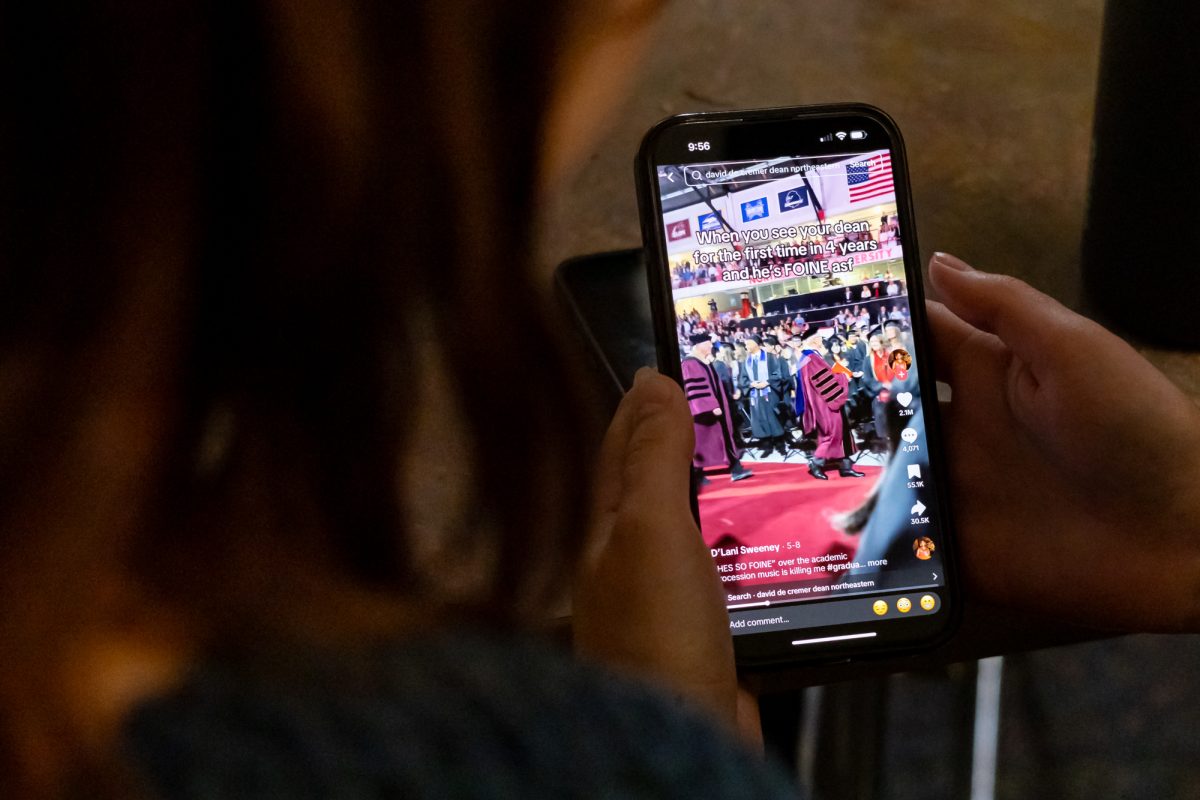
By Christie Young, News Correspondent
In honor of the election year, the Boston Public Library is featuring political maps as part of its “America Votes: Mapping the Political Landscape” exhibit, which began in late March and will run through Nov. 10.
The exhibit is located in the Norman B. Leventhal Map Center in the Central Library on Boylston Street. It features about 30 maps dating from 1780 to the present, accompanied by illustrations and antique newspaper articles. Along the wall are small nooks with kids’ activities pertaining to the subject of voting and politics.
The room is relatively quiet. A long rectangular space with displays features cartography and other relics. High on the wall are faded pictures of maps, giving the room the feel of an easy-to-read textbook. Just outside the center is the library’s magnificent courtyard, which invites many visitors this time of year.
The contents of the exhibit are even more enticing.
“It was really cool to see how politics have changed or stayed the same throughout American history,” Teresa Sweeney an undeclared freshman at Northeastern said, after visiting the exhibit.
One antique political cartoon depicted the iconic American bald eagle as pale, sickly and pathetic following James Buchanan’s presidency. A plaque on the wall dated it back to 1861 and explained that it represented how the United States was failing as a country with the secession of many Southern states. There were also newspapers with headlines regarding women’s suffrage and prohibition. More recent pieces included a map of the congressional districts in 2007 and presidential election results maps from 2008.
Many of the pieces have been borrowed from other institutions such as the American Antiquarian Society and the University of Virginia. According to Map Center curator Ronald Grim, it took about six months to decide which pieces should be incorporated into the exhibit.
“We wanted people to realize there are several things that can be mapped in election maps — such as voting districts as well as results. Map makers can really influence how people look at results,” Grim said.
He believes that maps that show election results, in terms of population size of a region instead of its geographical size, can offer a better idea of how people vote. The maps come out looking distorted but the distribution of red and blue (representing Democratic or Republican areas) is more accurate. There are also examples of these types of maps by Mark Newman from the 2008 election.
The non-map items, such as newspaper articles, offer a better context and understanding of the exhibit.
The exhibit won’t be there much longer, as it ends just a few days after the 2012 Presidential election. However, a virtual tour will remain on the Boston Public Library’s website indefinitely.
In a lighter, but certainly not less American, exhibit following “America Votes,” the library will display a collection of historical sports photographs.








